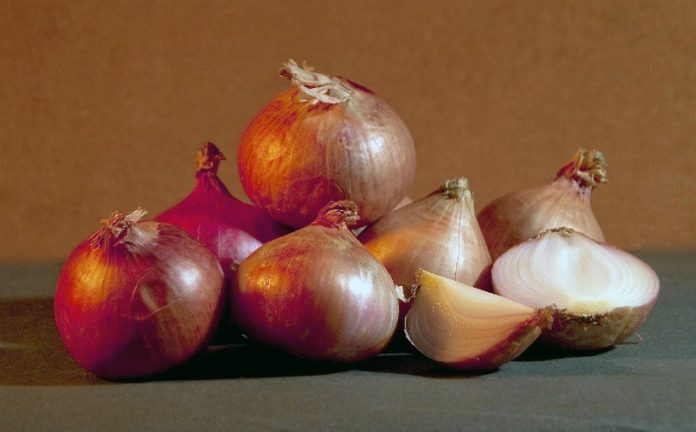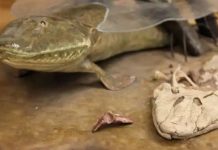Wen-Pin Shih, Chien-Chun Chen, and colleagues at the National Taiwan University have created the most flexible and lifelike artificial muscle tissue ever seen from onion cells. The muscle tissue is designed to replace damaged or diseased muscle tissue in humans and animals.
The researchers were attempting to create an artificial lattice structure that would allow the normal range of bending and flexing that is seen in muscle tissue. The scientists examined the epidermis of the onion and found a cell structure that fit their needs almost perfectly. A single layer of onion skin was treated with acid to remove the protein called hemicellulose that makes the cell walls rigid. The cell walls were coated with a thin layer of gold to provide a conductive surface for external electrical impulses.
The researchers made one end of the gold coating thick and the other end thin relative to each other. This structure provides the ability to apply a different amount of current through the structure and produce higher rates of flexibility and movement than have been possible before. The movement of the muscle tissue is entirely dependent on the electrical force that is applied across the gold coating.
The researchers made two small pieces of “onion muscle” and created pair of tweezers with the fibers. The tweezers made from muscle had enough power to lift a cotton ball. The researchers hope to be able to reduce the amount of power needed to make the onion derived muscle fibers work. A power reduction would make the “onion muscle” practical for use as a replacement for damaged muscle by reducing the power system size.















